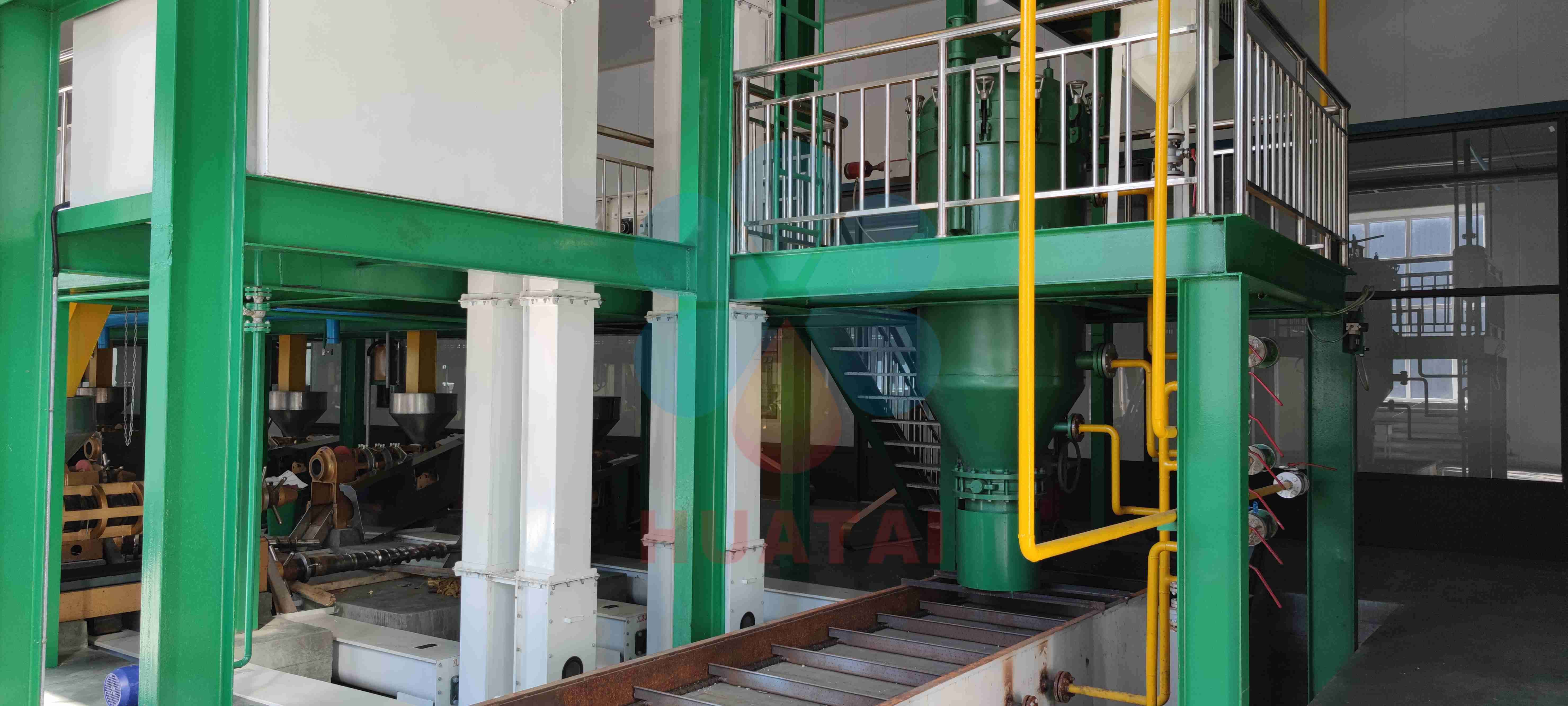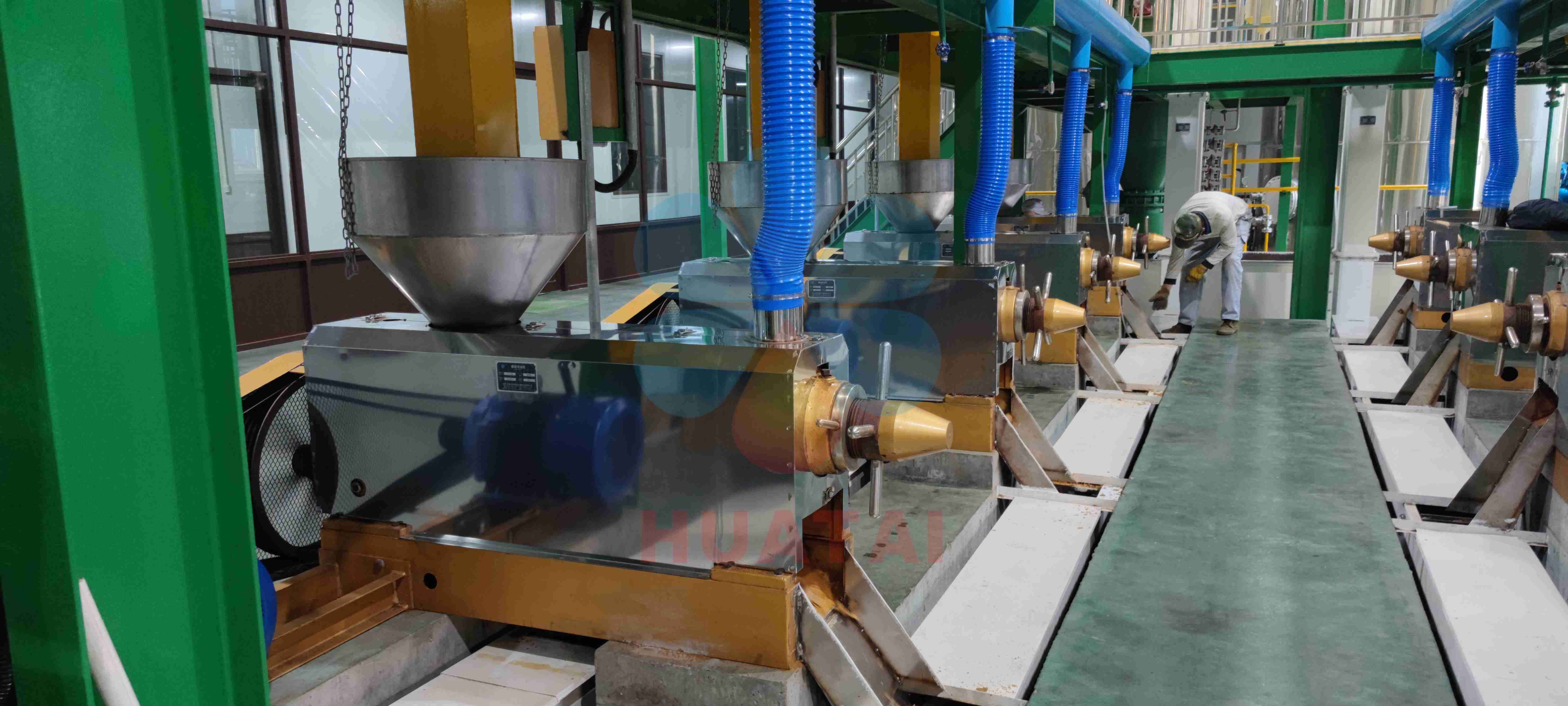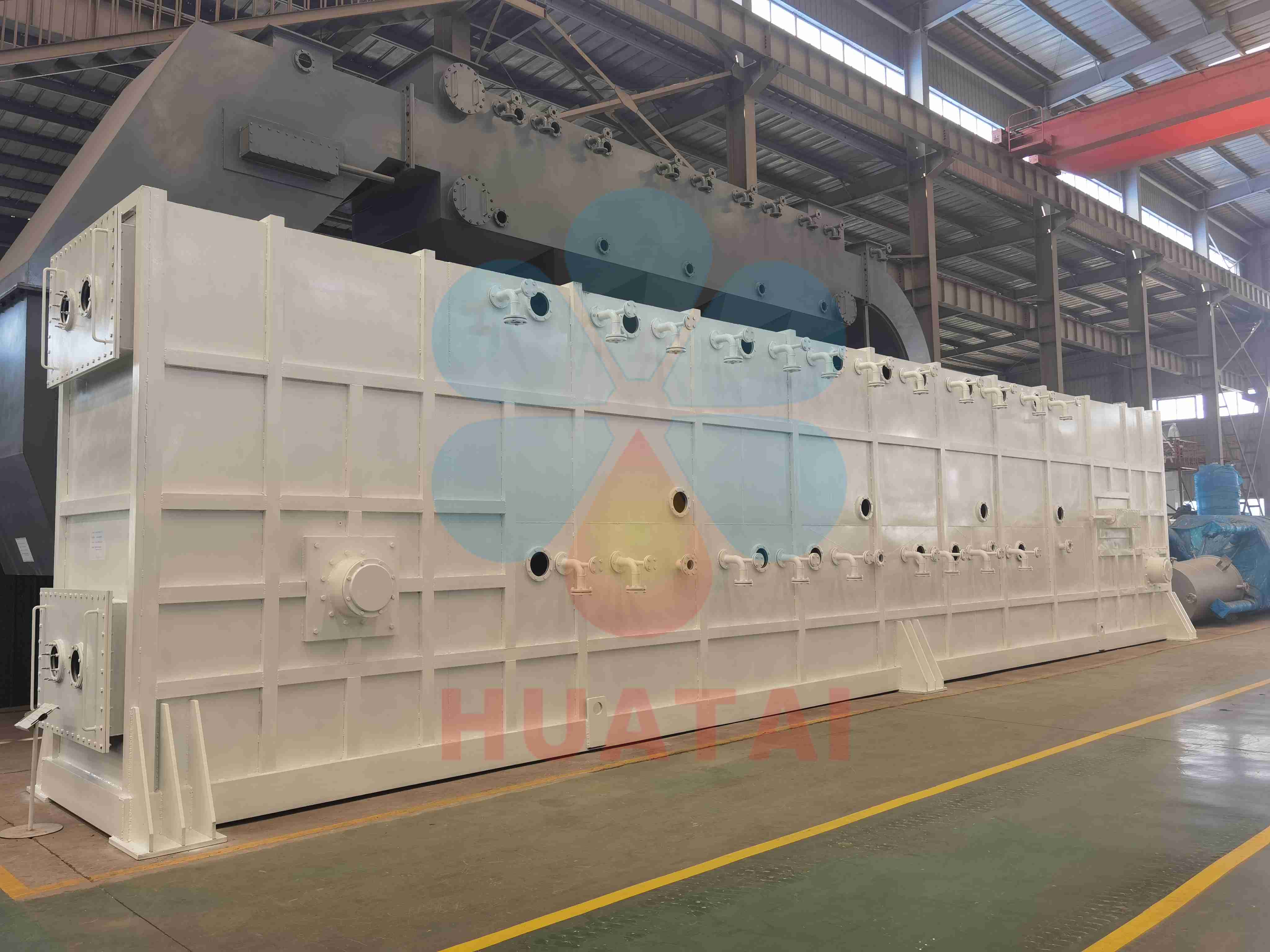Soybeans are one of the important grain crops in China, mainly referring to yellow soybeans, which are grown in various parts of the country, especially in the northeast region. Soybeans have a protein content of 35% to 40% and have been cultivated in China for 5,000 years. They can be processed into various soy products, brewed into soy sauce, and extracted for protein. Soybeans are also an important oil crop in China.
Soybeans have a relatively low oil content, and the oil yield varies depending on the processing technique. The oil content of ordinary soybeans is generally around 17%. The commonly used soybean oil processing techniques are pressing and extraction. Pressing uses physical extrusion to extract oil from the oilseeds, while extraction uses organic solvents to extract oil from the oilseeds and then separates the solvent from the oil to obtain extracted soybean oil. The residual oil rate of the pressing process is relatively high, with an oil yield of 10% to 12%. The residual oil rate of the extraction process is much lower, with the residual oil in soybean meal controlled below 1%.

Which technique is better for processing soybean oil? The choice depends on the market positioning and size of the oil plant.
Uses physical extrusion to extract oil without additives, resulting in high-quality crude oil with complete color, aroma, and taste, retaining various nutrients in soybeans. However, pressed soybean oil has a lower smoke point and a lower oil yield, making it relatively expensive. The pressing process is flexible in terms of equipment requirements and can be configured according to the plant's production capacity, budget, and space, making it suitable for small and medium-sized edible oil processing plants.

Uses solvents to extract oil, forming mixed oil during the extraction process. The solvent and oil are separated through high-temperature evaporation, stripping, and condensation recovery. The crude oil still contains solvent residues, requiring stricter refining conditions than pressed oil. However, the refined crude oil has fewer impurities, higher purity, and a higher smoke point, suitable for high-temperature cooking. Extracted soybean oil has a high oil yield, making it relatively inexpensive. The quality of the meal after extraction is good, suitable for animal feed or protein extraction industries.
However, the extraction process destroys most of the nutrients in soybeans, resulting in lower nutritional value compared to pressed soybean oil. The extraction equipment has high production capacity, efficiency, and automation, saving production and labor costs for the oil plant. Therefore, the investment in equipment is significant, and extraction is usually chosen by large edible oil processing plants.

Both techniques have their advantages and disadvantages. The choice should be based on thorough communication with oil equipment manufacturers, who can provide solutions and suggestions based on the plant's needs. Regardless of the production capacity and budget, a customized edible oil production line can be tailored to meet the requirements.
Huatai Oil Machinery provides good quality oil mill plant, time & fast delivery, perfect after-sale services, and reasonable price, contact us!
Website: https://www.huataioilmachine.com/Copyright @ Henan Huatai Cereals And Oils Machinery Co.,Ltd.